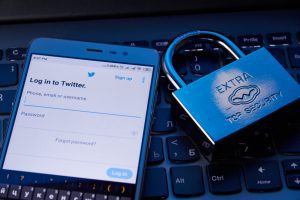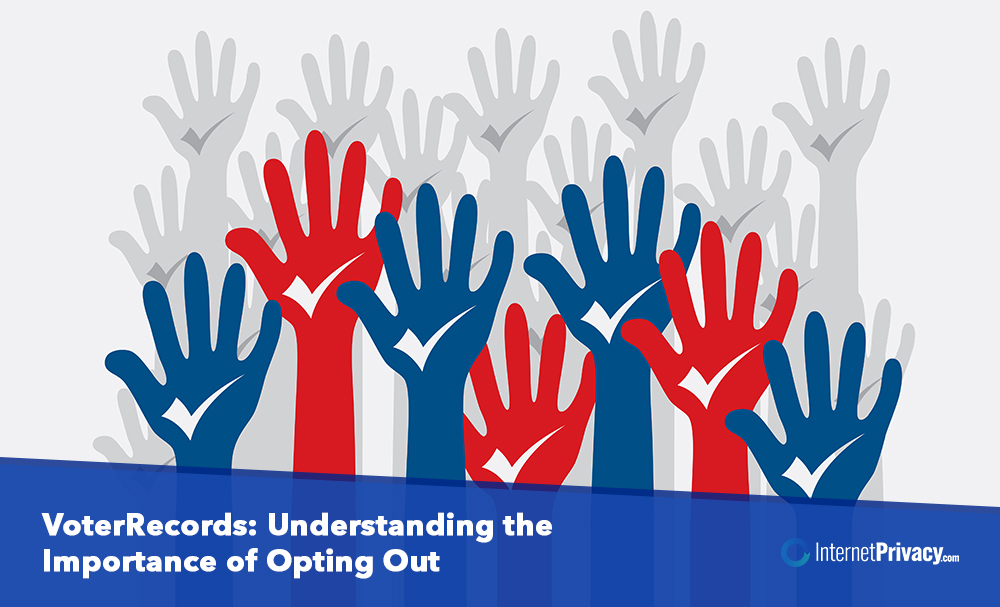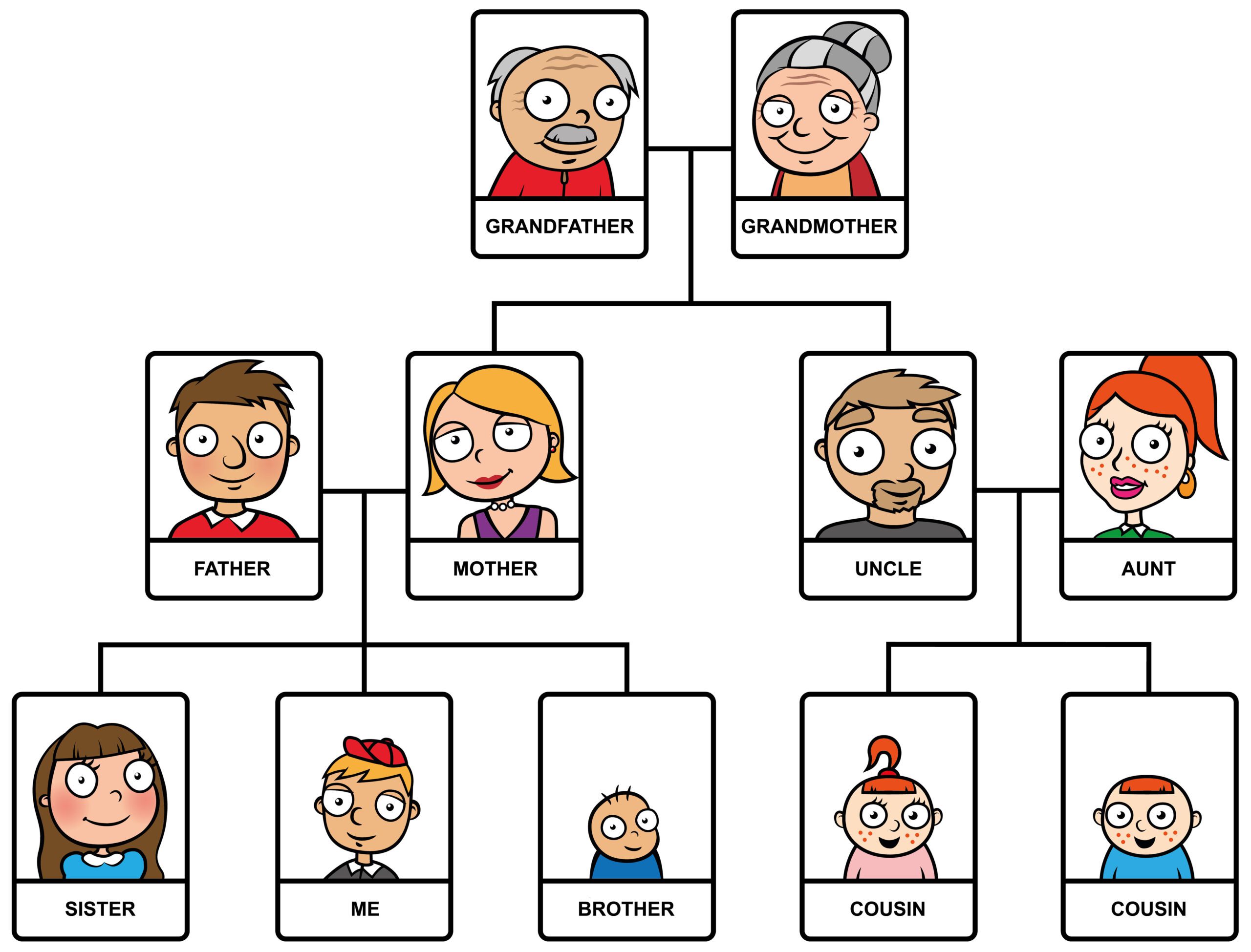How Hackers Track and Exploit Your Digital Trace

What is your digital trace, and how do hackers exploit it? Our Privacy Protection team provides answers.
What Is Digital Trace Data?
In the age of digital communication and widespread Internet access, our everyday online activities leave behind a flurry of evidence.
And each one of these digital footprints offers insight into our lives, leaving us exposed and vulnerable to breaches, attacks, ethical hackers and more.
Much like our physical traces, our online identity traces are both visible and intentional. Also known as “active” footprints, these traces provide a record of our choices and movements online.
So, what are some examples of a digital footprint? Well, traces can be anything from emails and texts to blog posts, videos, likes on Facebook and even tagged photos.
In this digital age, without much knowledge of how the internet operates, you can be at risk of jeopardizing your personal data.
Why is a digital trace so dangerous?
The “double-edged sword” of going online comes mostly from the invisible or “passive footprints” we leave behind. These include records of our location, our website visits, Google searches, phone calls, and passwords saved by multiple websites.
Each record offers cybercriminals a vast network of information to carry out increasingly targeted and effective attacks. Both active and passive footprints can be tracked and observed in multiple ways and by multiple sources. But unintentional ones are even more dangerous and harder to identify and control.
If you are wondering “How do I track my digital footprint and ensure that I leave no trace?”, there is bad news. Unfortunately, leaving zero footprints online is impossible.
And with so much information about yourself on the world web, it’s hard to track exactly what type of content is out there and where.
Here are a few tips for monitoring your digital hygiene and minimizing your digital trace.
How Do I Track My Digital Footprint On Social Media?
Social media privacy concerns have spiked in recent years, forcing many to rethink their activity on Facebook, Twitter and other social platforms.
Cybercriminals often track down digital traces of social users, steal their sensitive information, or gain access to their accounts. And for those wondering “What are the ways hackers use to track my digital footprint” on social media, the most common include:
Phishing
Phishing is a type of cybercrime attack that usually begins as an email, text or phone call. Through phishing, criminals disguise themselves as legitimate and trick people into sharing sensitive private information.
To keep safe, be wary of anyone asking for passwords, banking information, address, or credit card details.
Malware Sharing
Malware is designed to gain access to computers and steal your digital trace for money extortion or forced advertising (adware). Social platforms are ideal for malware cyber crimes because once a user or account is compromised, cybercriminals can use it to distribute malware to their friends or contacts.
Bots And Botnets
Bots and botnets are prevalent on social media and computer used. They are used to steal data, send spam, or launch distributed denial-of-service attacks used to access to devices and private networks.
If these threats have you worried, know there are still things you can do to keep your information safe. Privacy settings allow you to control who sees your posts on your social, so spend some time learning how to use them.
However, since none of the privacy settings will protect you anywhere but on the social media site or device that uses them, it’s best that you don’t share anything that could compromise your reputation or damage your online security.
How To Reduce Your Digital Trace When Browsing Online
If you want as few digital traces as possible without going off the grid completely, the following tips will definitely prove helpful:
- Use strong passwords with a complex combination of letters, symbols and numbers
- Change your passwords often
- Delete or deactivate unused accounts
- Use two-phase identification
- Request data brokers to delete your data
- Make a habit of cleaning your browser history
- Submit Google listing removal requests
- Install good antivirus software and keep up with its updates
- Use targeted services and tools
- Whenever possible use a VPN to access the Internet privately and securely
- Shop online only from legitimate and trusted sources
- Don’t give your personal information to unknown people or websites
How We Can Help You Keep Your Digital Trace Safe
By making use of the tips we shared above and by dedicating yourself to being extremely cautious with your private information, you can significantly reduce your digital trace(s) and the likelihood that your sensitive personal data will ever be used against you.
Want to protect your digital trace? Contact our Online Privacy Team today!






